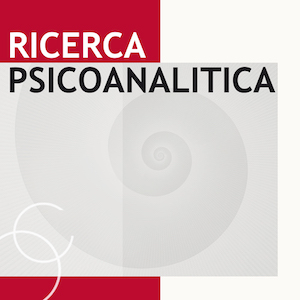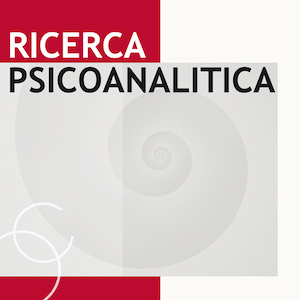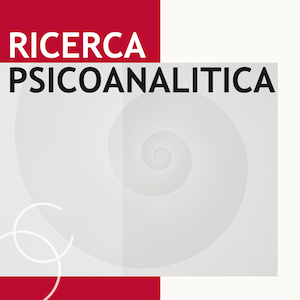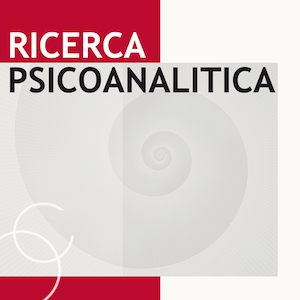An interdisciplinary approach to the study of consciousness
All claims expressed in this article are solely those of the authors and do not necessarily represent those of their affiliated organizations, or those of the publisher, the editors and the reviewers. Any product that may be evaluated in this article or claim that may be made by its manufacturer is not guaranteed or endorsed by the publisher.
Accepted: 7 November 2022
Authors
Within the clinical framework of a case of schizophrenic psychosis confronted with the lockdown, some destabilizing discoveries of quantum mechanics and its implications in neuroscience and psychoanalysis are introduced. Through fractal logic, the Author attempts attempt to understand on the one hand the relationship between microscopic phenomena and macroscopic processes of the psyche and on the other how the idea of reality changes through the counterintuitive laws of modern physics. This leads to the unconscious being described as a wave function capable of processing in parallel and simultaneously, countless overlapping variables, of which only the one considered most adaptive in the relationship with the environment is consciously elected. The complexity of the phenomenon of consciousness is studied here both in the interdependence between immaterial processes (energy fields) and material ones (cellular biochemistry), and in its indeterminacy and non-linearity when the reference context changes drastically.
How to Cite

This work is licensed under a Creative Commons Attribution-NonCommercial 4.0 International License.
PAGEPress has chosen to apply the Creative Commons Attribution NonCommercial 4.0 International License (CC BY-NC 4.0) to all manuscripts to be published.










